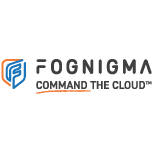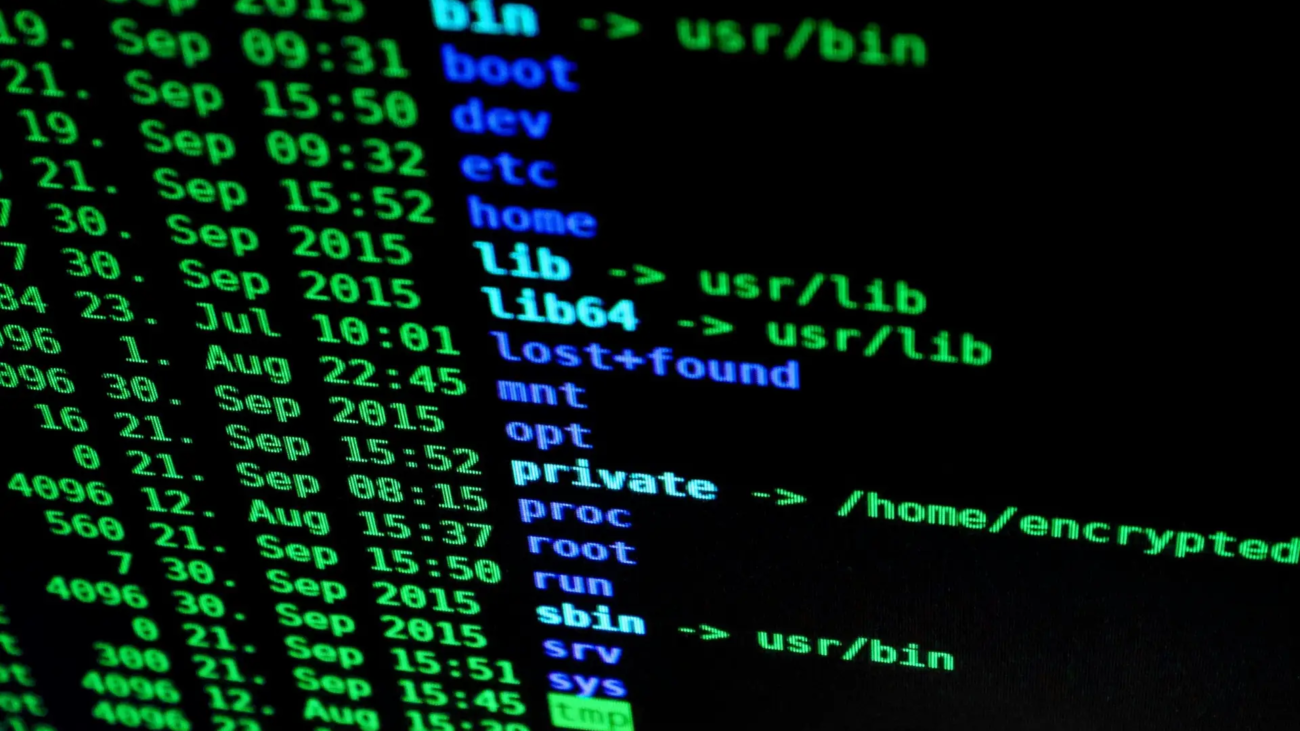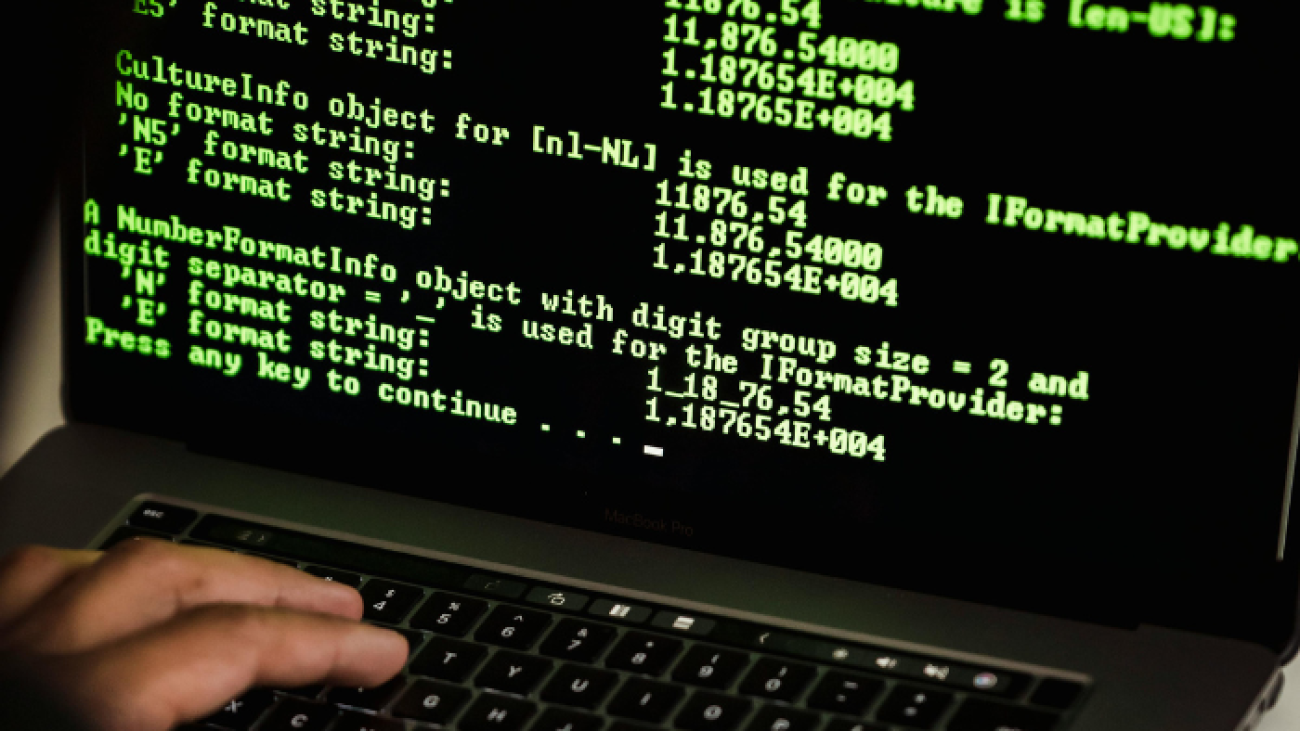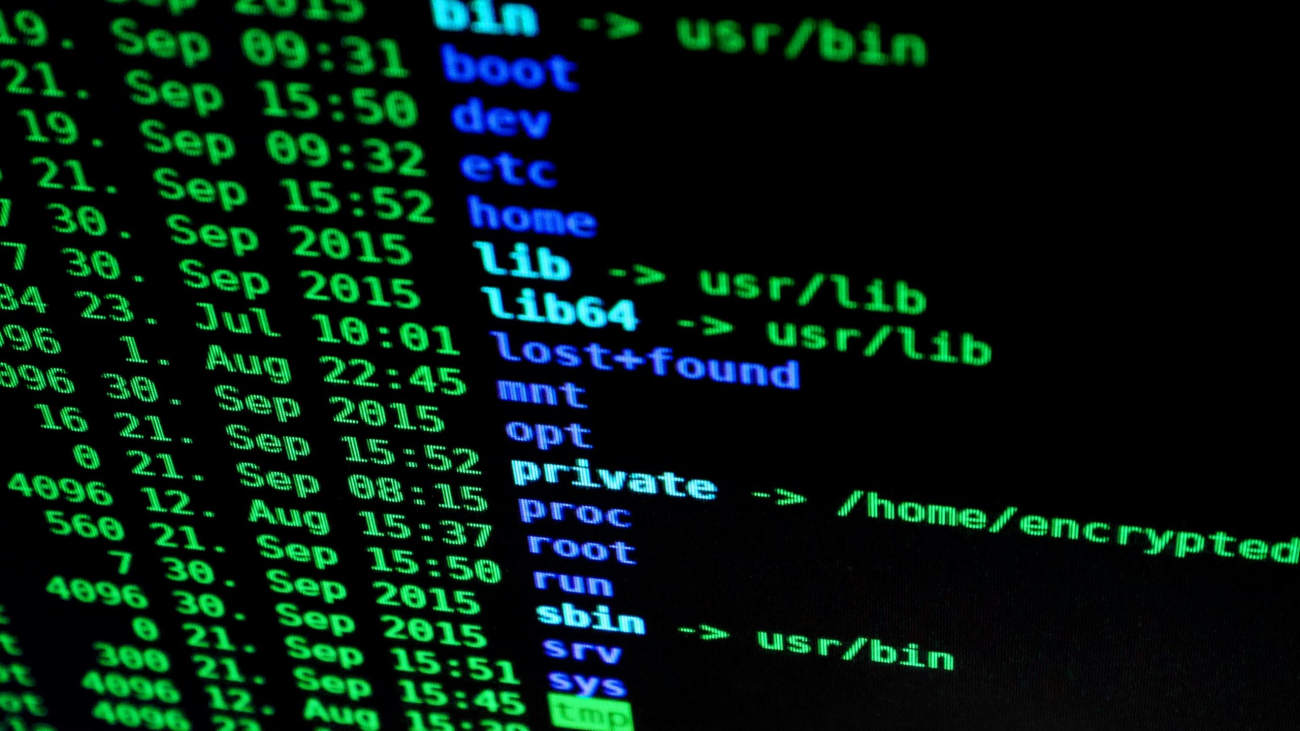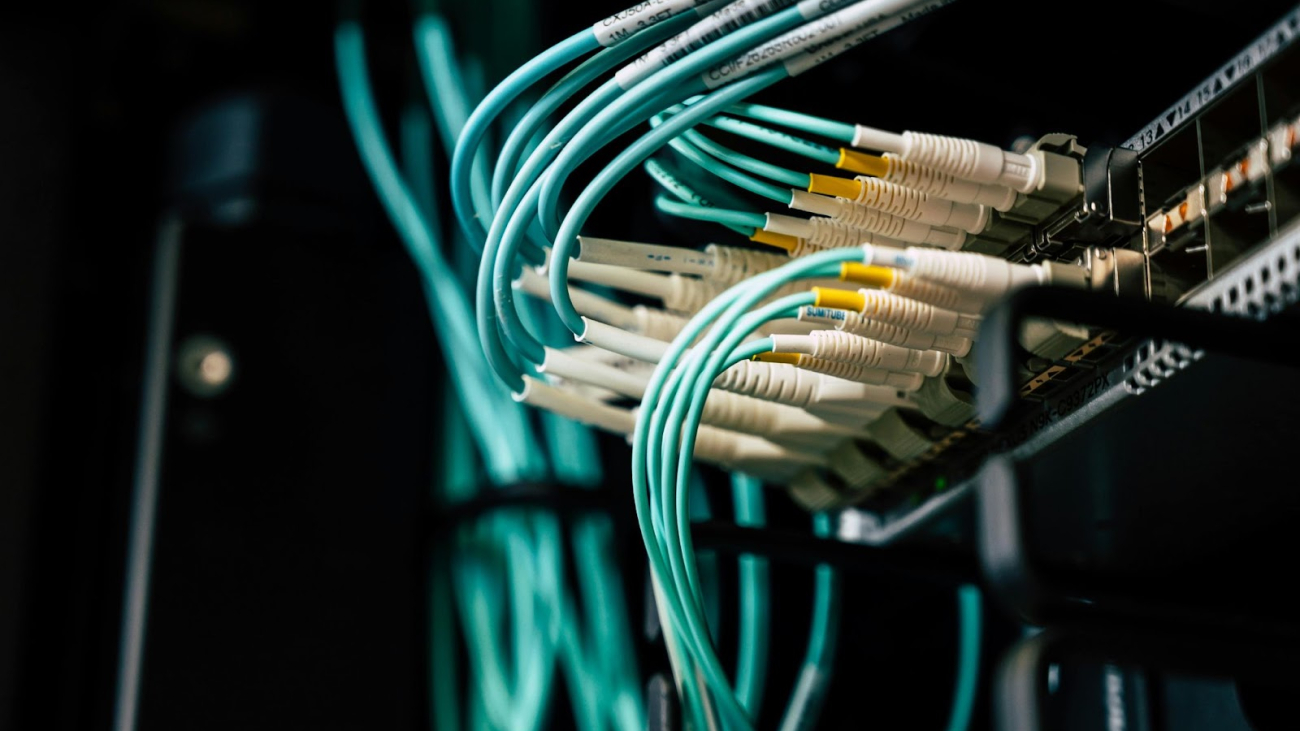Denial of service can happen many more times than you might think, and it is actually one of the most common types of cyberattacks when talking about military or government sectors. Denial of Service, shortened to DoS, has the ability to floor a server or network with a bunch of fake users or traffic. This then prevents real people from gaining access. Its main form of attack is trying to knock off your system offline, amongst other things. Read more about how you can familiarize yourself with DoS attacks and how to prevent them with companies like Fognigma.
How Do DoS Attacks Work?
As we’ve mentioned, DoS attacks are all about flooding your infrastructure with false traffic. Doing this can overwhelm your network, causing your server or processing power to just get exhausted. There are two main types of DoS attacks: single-origin and distributed attacks.
DoS (Single-Origin Attack)
Single-origin DoS attack is coming from a single source, which is effective in dismantling your security but is somewhat easier to identify and get rid of compared to distributed.
Distributed Denial of Service (DDoS) Attack
Distributed DDoS attacks come from multiple users or systems. This is often hard to pinpoint because there are so many different users at play. DDoS attacks can launch an attack simultaneously with all these different variants at play that overall increase its impact, making it much scarier than a single origin attack.
What is Denial of Service Attack in Computer Security and What Does it Look Like?
So, what do these attacks even look like? Most commonly, you’ll see DoS or DDoS attacks as something we call flood attacks, where they can bombard your server with a large amount of requests till it ultimately shuts down, or they look like something we call SYN floods, which is exploiting a handshake process to where you leave a server ‘hanging’ on incomplete connections. Then, there are application layer attacks and amplification attacks, which target specific applications and make them inaccessible to everyone who’s authorized.
What Happens When a DoS Attack Occurs?
So, if a DoS attack occurs, the consequences can be pretty far-reaching if you don’t have the necessary protection. Some of the biggest hits can be halting your business operations, finding vulnerabilities, and messing with revenue that can lead to huge customer frustration. This then can then affect your reputation and brand. Attackers usually like to see a loss of trust within your customer or client base as well as using the DoS attack as a distraction to carry out a bigger malware attack. For some, having just their server down can be life-changing, so it’s important to protect your network as much and as soon as possible, but how is it done?
How to Prevent and Mitigate DoS Attacks
Say a DoS attack does happen to your company or organization; what strategies are in place to stop it and prevent it from happening again? The good news is that there are a couple of different things you can do to help defeat or defend against DoS attacks. Read below some of the ones Fognigma finds most common.
Firewalls and Intrusion Prevention Systems (IPS)
Firewalls are your first line of defense. They monitor network traffic and block malicious packets from entering. Advanced options like next-generation firewalls (NGFWs) include IPS, which detects and thwarts DoS attempts at early stages.
Balancing High Traffic and Load
A load balancer helps distribute traffic across multiple servers, making your system more resilient to high traffic volumes. During a DoS attack, it prevents any one server from being overwhelmed.
Limiting Amount of Requests and Users
Set limits on how many requests a server can accept within a specific time frame. This can help throttle excessive traffic from malicious sources.
Content Delivery Networks (CDNs)
CDNs cache your website’s content across multiple servers worldwide. By distributing the load, they protect your primary server and absorb excess traffic.
Constantly Monitoring and Alerts
Monitoring tools can identify unusual traffic patterns early. Setting up alerts allows your IT team to act promptly during an attack.
Honeypots
For organizations like military and government entities, deploying honeypots—decoys designed to attract attackers—can be an effective countermeasure. They act as a trap, gathering intelligence about attacker behavior while keeping actual systems safe.
What is Intrusion in Network Security?
In network security, an “intrusion” can refer to unauthorized people or access or penetration into a computer system, where a malicious person gains access to system resources without permission. This then can potentially cause damage or disruption to data, systems, or operations. Essentially, it’s when someone “breaks into” a network without authorization. These intrusions can range from exploiting vulnerabilities in software to launching sophisticated phishing attacks aimed at gaining access to sensitive information.
Why Military Organizations Need Specialized Protection
Military departments and organizations are constantly dealing with confidential data. DoS and DDoS attacks can happen to anyone, including the military. To make sure no operations get disrupted, take the necessary precautions to ensure the best security is in place. One of the ways to do that is to team up with Fognigma. We can help keep you secure and away from isolated environments, utilize things like cloaking techniques when needed, and proactively neutralize threats. Then, you’re able to get as much information as you can on these cyber hackers to better protect the system for future events. Protecting critical data and maintaining system availability are non-negotiable priorities, and Fognigma’s services can help organizations meet these challenges head-on.
Summary
A denial of service attack can happen to anyone at any given time. It’s a strong hit if it breaks through your infrastructure, and some organizations can’t recover from it. So it’s incredibly important to be protected from this from ever happening. With military or government sectors dealing with sensitive data, getting the right defenses in place is imperative. With Fognigma, you’re able to do this. We have solutions and services that can reduce hackers’ presence and exposure to make sure everything runs smoothly all the time. Reach out to us today to explore our cybersecurity solutions and insights.
